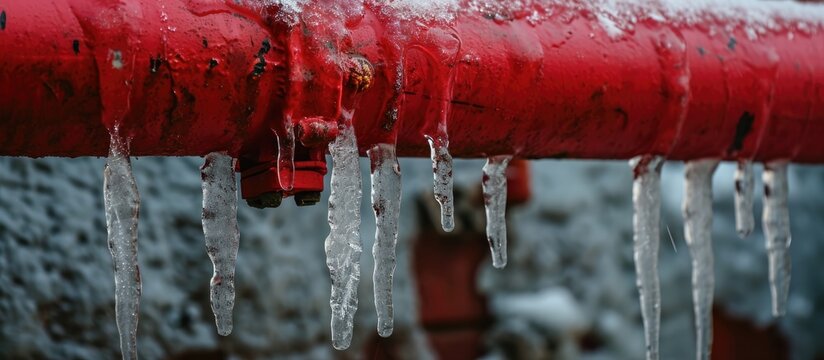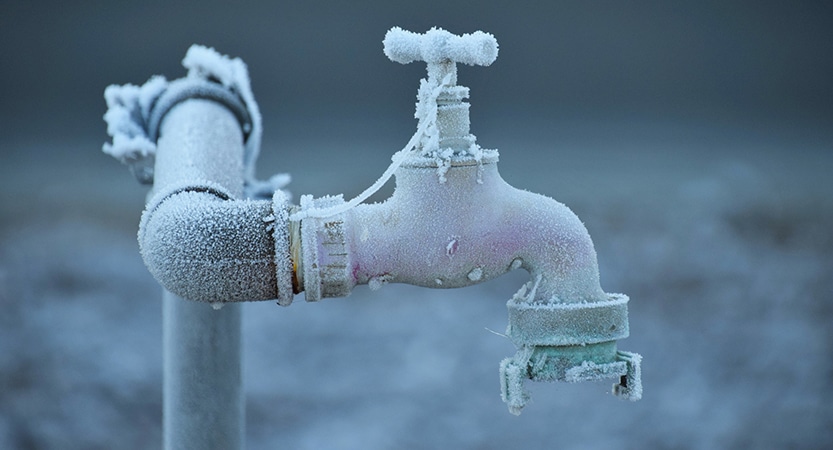Critical Methods for Avoiding Frozen Plumbing in Winter
Critical Methods for Avoiding Frozen Plumbing in Winter
Blog Article
What are your opinions about Preventing and dealing with frozen pipes?

Cold weather can wreak havoc on your plumbing, especially by freezing pipelines. Here's exactly how to avoid it from happening and what to do if it does.
Introduction
As temperatures drop, the threat of frozen pipes increases, possibly bring about pricey fixings and water damage. Recognizing just how to prevent frozen pipes is crucial for house owners in cool climates.
Understanding Icy Pipelines
What creates pipes to freeze?
Pipelines freeze when subjected to temperatures below 32 ° F (0 ° C) for expanded durations. As water inside the pipes ices up, it broadens, putting pressure on the pipe walls and potentially triggering them to break.
Risks and damages
Icy pipes can result in water disruptions, property damage, and costly repair work. Burst pipes can flooding homes and create considerable architectural damage.
Signs of Frozen Pipes
Recognizing icy pipelines early can stop them from breaking.
How to identify frozen pipelines
Seek decreased water flow from faucets, unusual smells or noises from pipelines, and visible frost on revealed pipes.
Prevention Tips
Shielding at risk pipelines
Cover pipes in insulation sleeves or make use of warm tape to safeguard them from freezing temperatures. Concentrate on pipelines in unheated or external locations of the home.
Home heating strategies
Keep interior rooms properly warmed, particularly locations with pipes. Open up cabinet doors to enable cozy air to flow around pipes under sinks.
Shielding Outside Plumbing
Garden tubes and outside taps
Disconnect and drain pipes garden tubes before winter. Set up frost-proof faucets or cover exterior faucets with shielded caps.
What to Do If Your Pipelines Freeze
Immediate activities to take
If you presume frozen pipelines, keep taps available to ease stress as the ice melts. Utilize a hairdryer or towels soaked in warm water to thaw pipes slowly.
Long-Term Solutions
Architectural adjustments
Take into consideration rerouting pipes far from exterior wall surfaces or unheated locations. Add additional insulation to attic rooms, basements, and crawl spaces.
Updating insulation
Buy top quality insulation for pipes, attics, and wall surfaces. Correct insulation aids maintain consistent temperatures and minimizes the danger of frozen pipes.
Final thought
Stopping icy pipes calls for aggressive actions and fast actions. By comprehending the causes, signs, and safety nets, home owners can shield their pipes during cold weather.
5 Ways to Prevent Frozen Pipes
Drain Outdoor Faucets and Disconnect Hoses
First, close the shut-off valve that controls the flow of water in the pipe to your outdoor faucet. Then, head outside to disconnect and drain your hose and open the outdoor faucet to allow the water to completely drain out of the line. Turn off the faucet when done. Finally, head back to the shut-off valve and drain the remaining water inside the pipe into a bucket or container. Additionally, if you have a home irrigation system, you should consider hiring an expert to clear the system of water each year.
Insulate Pipes
One of the best and most cost-effective methods for preventing frozen water pipes is to wrap your pipes with insulation. This is especially important for areas in your home that aren’t exposed to heat, such as an attic. We suggest using foam sleeves, which can typically be found at your local hardware store.
Keep Heat Running at 65
Your pipes are located inside your walls, and the temperature there is much colder than the rest of the house. To prevent your pipes from freezing, The Insurance Information Institute suggests that you keep your home heated to at least 65 degrees, even when traveling. You may want to invest in smart devices that can keep an eye on the temperature in your home while you’re away.
Leave Water Dripping
Moving water — even a small trickle — can prevent ice from forming inside your pipes. When freezing temps are imminent, start a drip of water from all faucets that serve exposed pipes. Leaving a few faucets running will also help relieve pressure inside the pipes and help prevent a rupture if the water inside freezes.
Open Cupboard Doors
Warm your kitchen and bathroom pipes by opening cupboards and vanities. You should also leave your interior doors ajar to help warm air circulate evenly throughout your home.

I hope you enjoyed our article on How to Prevent Your Pipes From Freezing. Thanks so much for spending some time to read through our article. Do you know somebody else who is occupied with the topic? Take a moment to promote it. Thank you so much for your time spent reading it.
Click Here Report this page